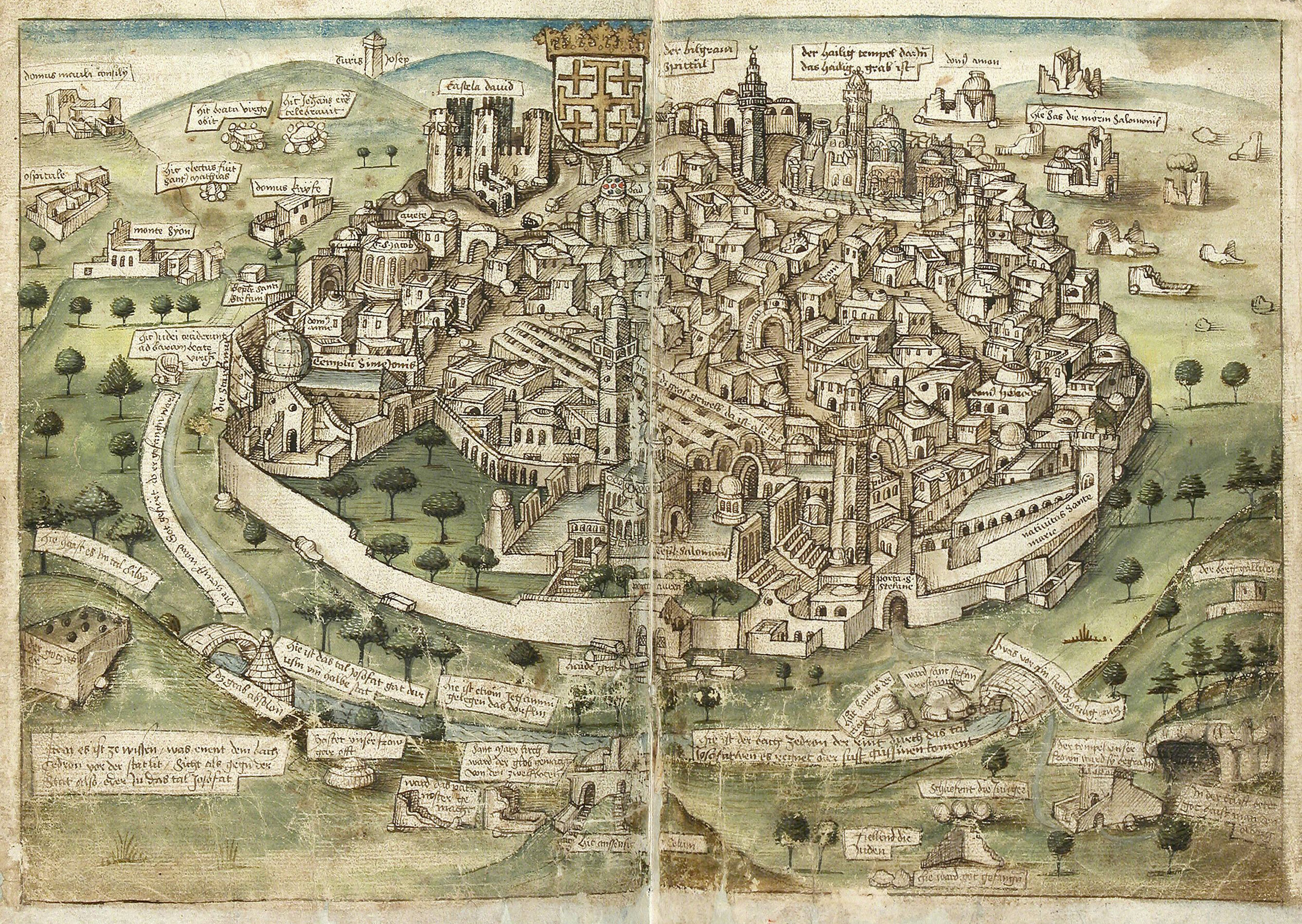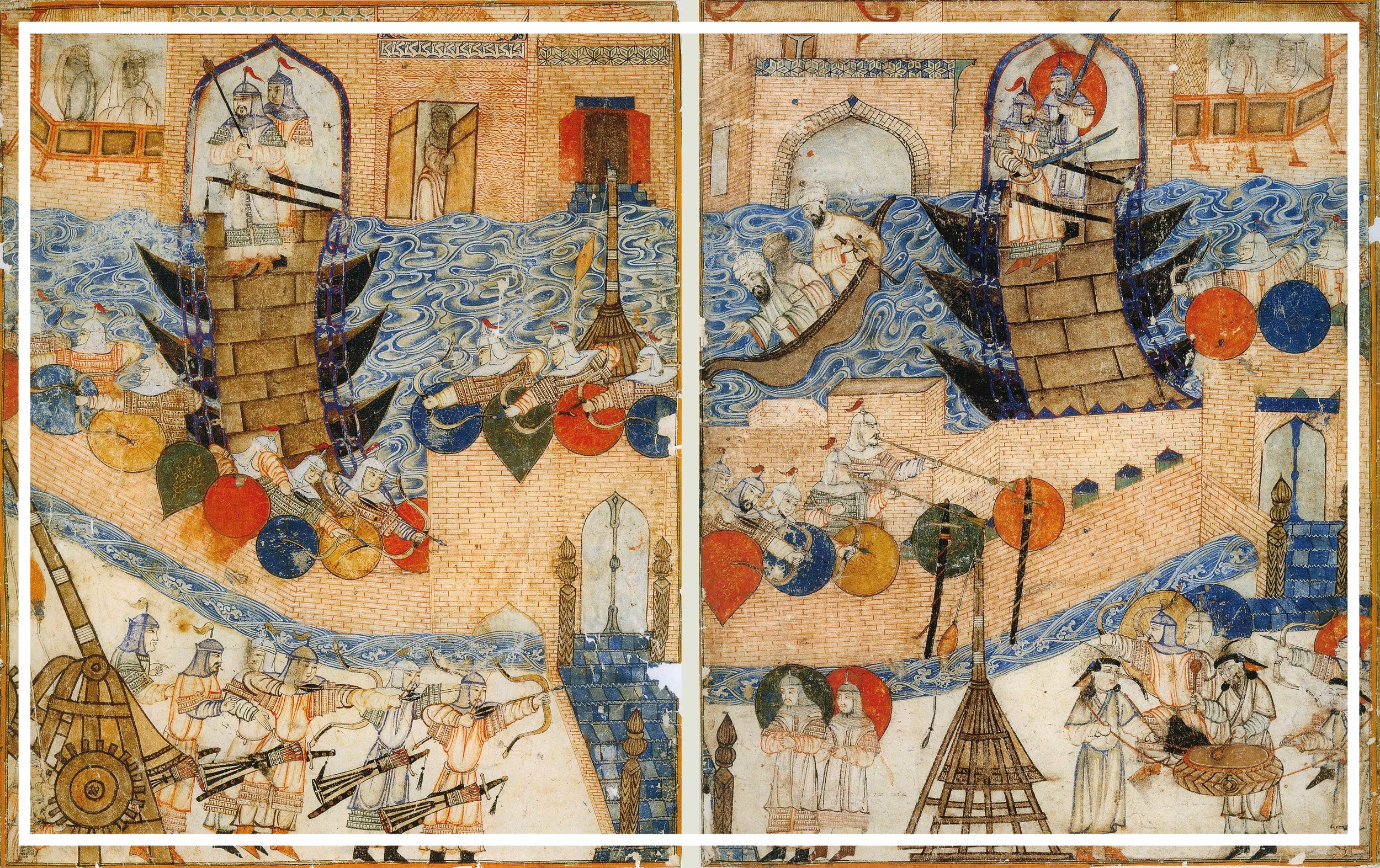Konrad von Grünenberg - View of Jerusalem, 1487
It's part two of the Mandeville series, and our journey reaches the Jerusalem of a 14th-century pilgrim. We'll spend some time there, getting to know the place and its surroundings, and its treatment in the Mandeville text.
Sources:
Sir John Mandeville: The Book of Marvels and Travels, translated by Anthony Bale. Oxford University Press, 2012.
The Travels of Sir John Mandeville, translated by Charles Moseley. Penguin, 2005.
Greenblatt, Stephen. Marvellous Possessions: The Wonder of the New World. University of Chicago Press, 1991.
Higgins, Iain Macleod. Writing East: The "Travels" of Sir John Mandeville. University of Pennsylvania Press, 1997.
Janin, Hunt. Four Paths to Jerusalem: Jewish, Christian, Muslim, and Secular Pilgrimages, 1000 BCE to 2001 CE. McFarland, 2006
Moore, Kathryn Blair. The Architecture of the Christian Holy Land: Reception from Late Antiquity through the Renaissance. Cambridge University Press, 2017.
Pringle, Denys. The Churches of the Crusader Kingdom of Jerusalem: Volume 3, The City of Jerusalem: A Corpus. Cambridge University Press, 1993.
Routledge Handbook on Jerusalem. Edited by Suleiman A. Mourad, Naomi Koltun-Fromm, and Bedross Der Matossian. Routledge, 2018.
Routledge Revivals: Trade, Travel and Exploration in the Middle Ages (2000): An Encyclopedia. Edited by John Block Friedman & Kristen Mossler Figg. Taylor & Francis, 2017.
Tzanaki, Rosemary. Mandeville's Medieval Audiences: A Study on the Reception of the Book of Sir John Mandeville (1371-1550). Taylor & Francis, 2017.










